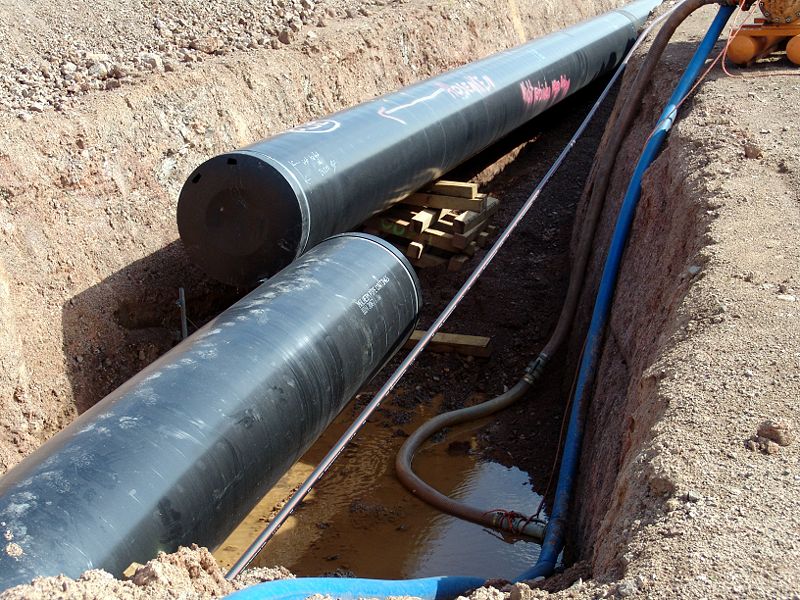 The Haisla (also Xa’islak’ala, X¯a’islak’ala, X?à’islak’ala, X?a’islak’ala, Xai:sla) are an indigenous people living at Kitamaat in the North Coast region of the Canadian province of British Columbia. Their indigenous Haisla language is named after them. The name Haisla is derived from the Haisla word x?à’isla or x?à’is?la ‘(those) living at the rivermouth, living downriver’. Along with the neighbouring Wuikinuxv and Heiltsuk people, they were incorrectly known in the past as the Northern Kwakiutl.
The Haisla (also Xa’islak’ala, X¯a’islak’ala, X?à’islak’ala, X?a’islak’ala, Xai:sla) are an indigenous people living at Kitamaat in the North Coast region of the Canadian province of British Columbia. Their indigenous Haisla language is named after them. The name Haisla is derived from the Haisla word x?à’isla or x?à’is?la ‘(those) living at the rivermouth, living downriver’. Along with the neighbouring Wuikinuxv and Heiltsuk people, they were incorrectly known in the past as the Northern Kwakiutl.
Kitimaat Village, the Haisla reserve, is a short 20 minute drive south of the town of Kitimat at the head of the Douglas Channel, a 90-km (56-mi) fjord that serves as saltwater corridor that connects the community and the town and port of Kitimat, which is the site of the aluminum smelter of Alcan Incorporateed, to the Pacific Ocean. Kitamaat is a Tsimshian name, applied by European explorers who asked their Tsimshian guides for the name of the place; it means “people of the snows” or “place of the snows”. The Haisla name for Kitimaat is C’imo’ca (pronounced tsee-MOTE-sah) which means “snag beach.”
Excerpted from Wikipedia’s article on the Haisla People


